Did Walt Disney Used to Not Allow Women to be Trained as Animators?
Here is the latest in a series of examinations into urban legends about movies and whether they are true or false. Click here to view an archive of the movie urban legends featured so far.
MOVIE URBAN LEGEND: Walt Disney used to not allow women to be trained as animators for his company.
A great phrase that is used to refer to societal change is the “new normal,” which is an excellent distillation of the idea that what is “normal” to us is always in a state of change. So while we can look back at the past and pass judgment on how backwards certain viewpoints that were “normal” then, there is a good chance that eighty years from now the people of 2084 will be looking back at 2014 and shaking their heads at some of the things that are currently “normal” in our culture. However, while you can accept that that will always be the case, it doesn’t mean that you still can’t be surprised at what passed for “normal” years ago. You can still be surprised to look at the lengths a movie company had to go through to get the word “damn” into a movie in 1939. And you can still be surprised to see sexist views simply matter-of-factly expressed by a company in their correspondence. That is what we’re examining today, as reader Mark G. wrote in to see if I could authenticate (or debunk) a letter that made the rounds back in 2007 reportedly from 1938 that stated that Walt Disney would not hire any women to train as animators for their films (Meryl Streep famously quoted this letter in a speech about Emma Thompson’s performance in the historical drama about the contestable relationship between Walt Disney and Mary Poppins author PL Travers, Saving Mr. Banks).
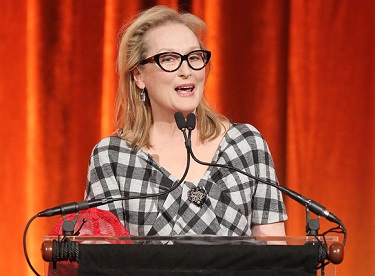
The letter was shared by Kevin Burg on his Flickr page back in 2007. It belonged to his recently deceased grandmother.
The letter was sent to Miss Mary V. Ford of Searcy, Arkansas and read, in part:
Women do not do any of the creative work in connection with preparing the cartoons for the screen, as that work is performed entirely by young men. For this reason girls are not considered for the training school.
The only work open to women consists of tracing the characters on clear celluloid sheets with Indian ink and filling in the tracings on the reverse side with paint according to directions.
Interestingly enough, it was signed by a woman on behalf of Disney, Mary Cleave.
(Click on the letter to enlarge it)
So is this letter authentic?
I think I can say with strong certainty that yes, this was an authentic form letter that Disney would send to female applicants who wanted to be animators in the late 1930s. Steve Hullett had another one of these letters that he posted at the Animation Guild back in 2006, this time turning down a Miss Frances Brewer in 1939.
(Click on the letter to enlarge it)
With the authenticity of the letter demonstrated, let’s look at the specifics of the situation a bit and why it is a BIT misleading.
First off, while it is not spelled out in the letters, the reasoning behind the policy is a common one for many companies at the time. The theory was that it was pointless to train women to be animators because just when they would begin to be really good at their jobs, they would leave the company to get married and have babies. Reidun “Rae” Medby, who was turned down back then from an animator job, as well, before going to work in the Ink and Paint department, wrote to her boyfriend in 1937 (in letters reprinted by Vanity Fair a few years back) explaining exactly that, stating about Disney’s views about female animators: “each time they were beginning to get good they’ve quit to get married or something. So now he’s thumbs down on girl animators.”
It was that very logic that led to the very first female animator hired at Disney, Mary Blair, in 1940. Blair (born Mary Robinson), you see, was already married, as she married fellow artist Lee Blair in 1934. The two worked as animators at a few different studios before Lee Blair went to go work for Disney in the late 1930s and in 1940, his wife joined him at Disney, working on backgrounds on Dumbo (she would not be credited for actual animation until a couple of years later, allowing another woman to beat her to the punch as the first credited female animator).
Similarly, Walt Disney’s sister-in-law, Hazel Sewell, worked in the Ink and Paint Department but also worked as the art director on Snow White and the Seven Dwarfs. So Disney’s real “ban” was on training young women animators. That is still bad, don’t get me wrong, but it a slightly different idea than strictly “Disney wouldn’t hire women for animation outside of the Ink and Paint Department.”
Next, as soon as the United States was drawn into World War II in 1941, Disney’s views on female animators changed. He gave a group of women in the Ink and Paint department an opportunity to try out to be trained as assistant animators. The first one of these women to get a gig was Retta Davidson in late 1941. Things quickly opened up during the war for female animators. Another woman, also, oddly enough, named Retta, Retta Scott, was the first woman to be given a screen credit as an animator. She received credit on the 1942 film, Bambi. Women have worked regularly in animation at Disney ever since (although yes, like most fields, the inroads they gained during World War II were mostly given back when the war ended – but a number of women stuck around).
Finally, just a word on the Ink and Paint Department. As comic book fans well know, inkers and colorists, as this department basically was, do very much creative work. I think that the Ink and Paint Department sometimes gets a bit of a bad name since it was, in effect, a “ghetto” For female artists. It was still very important work and the way that the letter makes it sound like it is just “tracing” and “paint by numbers” paints (pun unintended) an incorrect picture of what the women in the Ink and Paint Department did back then. The aforementioned Vanity Fair profile does a marvelous job spotlighting the intense work that these women did at Disney at the time.
But as to whether Disney, at one point, did not allow women to apply to be trained as animators, the answer is…
STATUS: True
Thanks to Mark for the suggestion!
Feel free (heck, I implore you!) to write in with your suggestions for future installments! My e-mail address is bcronin@legendsrevealed.com.
Be sure to check out my Entertainment Urban Legends Revealed for more urban legends about the worlds of TV, Movies and Music!
Tags: Animated Film, Walt Disney
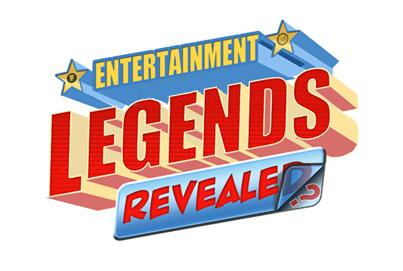

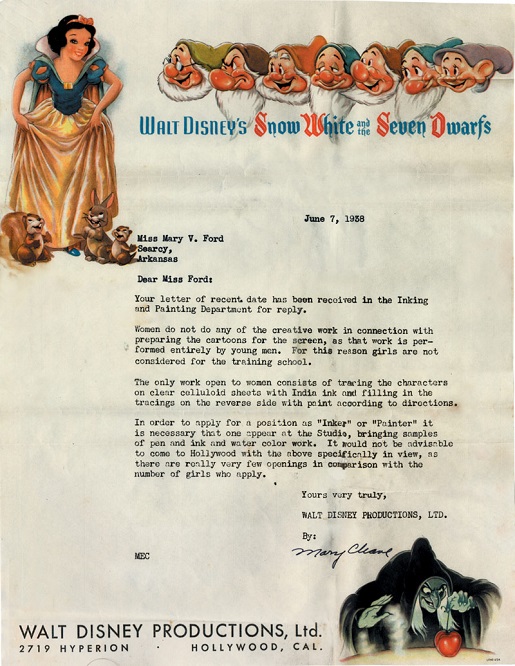
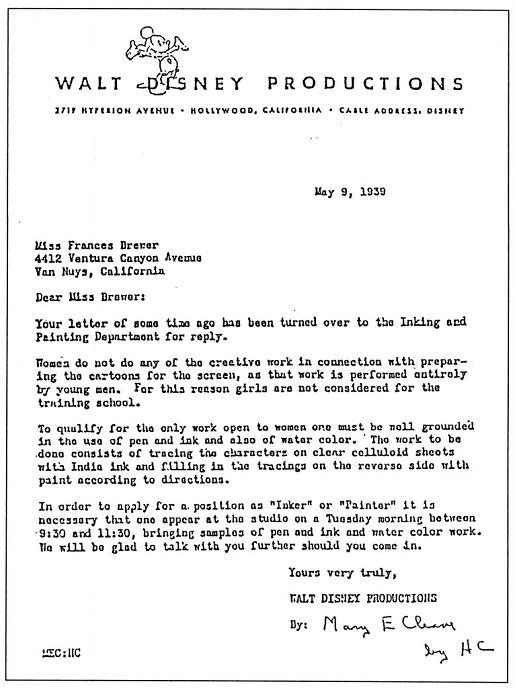
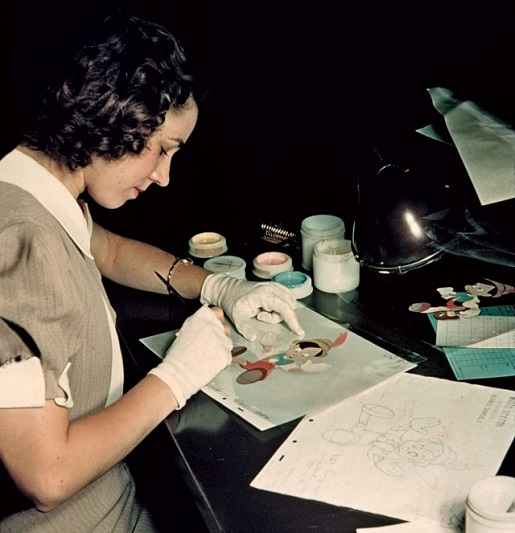




“…eighty years from now the people of 2084 will be looking back at 2014 and shaking their heads…”
At our appalling arithmetic?